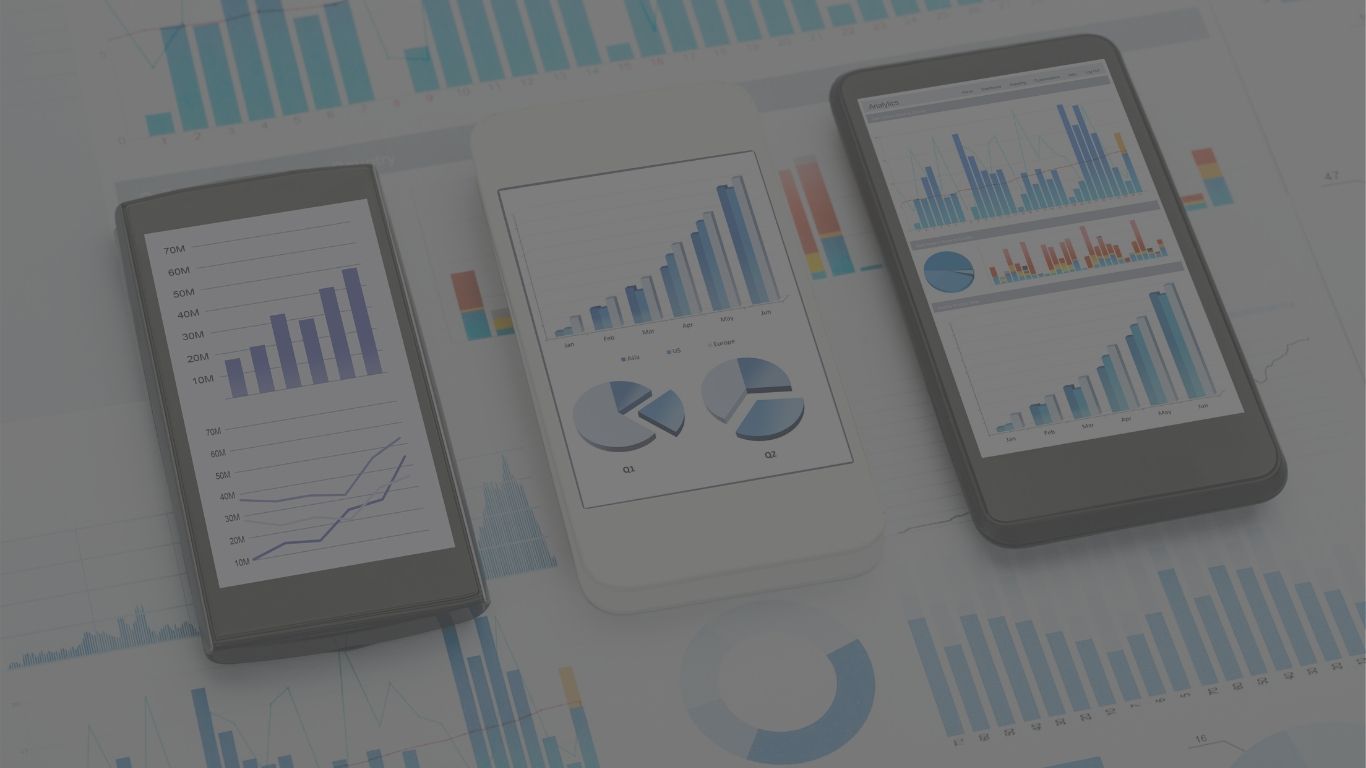The Essential Guide to Mobile Analytics
How should we measure our mobile app’s performance? What metrics should we focus on? What are the basics of mobile analytics?
Mobile is enormously important. Having a mobile app is a must for most businesses in today’s challenging business environment. But having one doesn’t equal to measure one. Tracking your customers’ behaviour in your mobile app is crucial if you want to evaluate your mobile app’s success. Tracking mobile user behaviour is almost the same as tracking users on a website, though some minor specialities are only available on mobile platforms. This article will give you a hand in understanding mobile analytics.
Getting started
What is mobile analytics?
First, start with what’s not mobile analytics. Our efforts have to be focused on mobile applications and not mobile optimised websites. The answer is simple: measuring a mobile optimised website is almost identical to measuring an average website. In this approach, we will only focus on mobile applications and user interaction happening inside the app. Of course, every mobile application is different, but we can generalise it to give the basics of metrics here: a mobile app has content and multiple levels of screens or layers where users can interact with the said content. This is what we are aiming to track.
What are the essential tools for tracking?
We would hands-down recommend Google Analytics or Google Tag Manager. Google has some great features to track mobile apps; it can be easily integrated into the application, and it is free to use. If you prefer a more detailed version of tracking, check MixPanel, their offering is excellent, especially for mobile application analytics.
The primary goal for mobile app analytics
Understand your users’ behaviour
Behavioural analytics is the most important focus point for any mobile application tracking. To understand your users’ behaviour, you have to implement events in your analytics system. Events are described as actions by users. Anything can be an action: clicking on a button, signing up, sharing content, scrolling through content, add an item to the cart, etc. Events can describe how users are engaging within your mobile app.
Define your goals
Before you focus on the understanding of your users’ behaviour, step back and define your business goals. What is your mobile app’s primary goal? Once you establish your goals, organise your events aligned with your goals. If your goal is to get users to consume more and more content through your mobile app, then content marketing metrics might be more important for you. If your goal is more on sales or signups, define your KPIs accordingly and set up events to support your success. You can set up events in any analytics tool you use.
Measuring retention
Where users drop off
It is easy to track which point users bounced off from your mobile app or spent prolonged idle time. By identifying these points (screens), you can quickly determine the stages in your app where users get a harder time. Optimise your mobile app’s user experience accordingly. For example, if your users open the register or signup screen but don’t register, that means your register screen is too complicated. Get on easy with it.
Where users need to be active and how to bring users back to the app
Some screens of your app have massive potential and users are using it, but they don’t make the effort to act accordingly? Try out new UX features; maybe it is not easy-to-use enough.
You can also track the app visits/opens. If your users have downloaded the app and used it as well, but they have been dropped off and opened the app a long time ago, you can pull them back in. Push notifications, emails and other tools can be useful to retain your users, and of course, you can measure all of them.
Location, sales and other basics
With your mobile app, you can track your users’ location. Of course, not everything and also some users won’t let you access their location data, but you will get a wider picture. If you spot any trends in location, let’s say you have higher than the usual amount of users from a particular location, you can add some features in favour of this place. You can also send targeted ads to that location which you can also track.
If your mobile app comes with an in-app sale or your mobile app in fact not free to download, you can track and monitor the sales volumes. These can are trackable with almost the same e-commerce funnels which you familiar with in website metrics.
All in all, you don’t need a professional analytics expert to track your mobile app. If you already have the resources to track your website or social media channels fully, you can easily switch the methods and practices to mobile app tracking.


